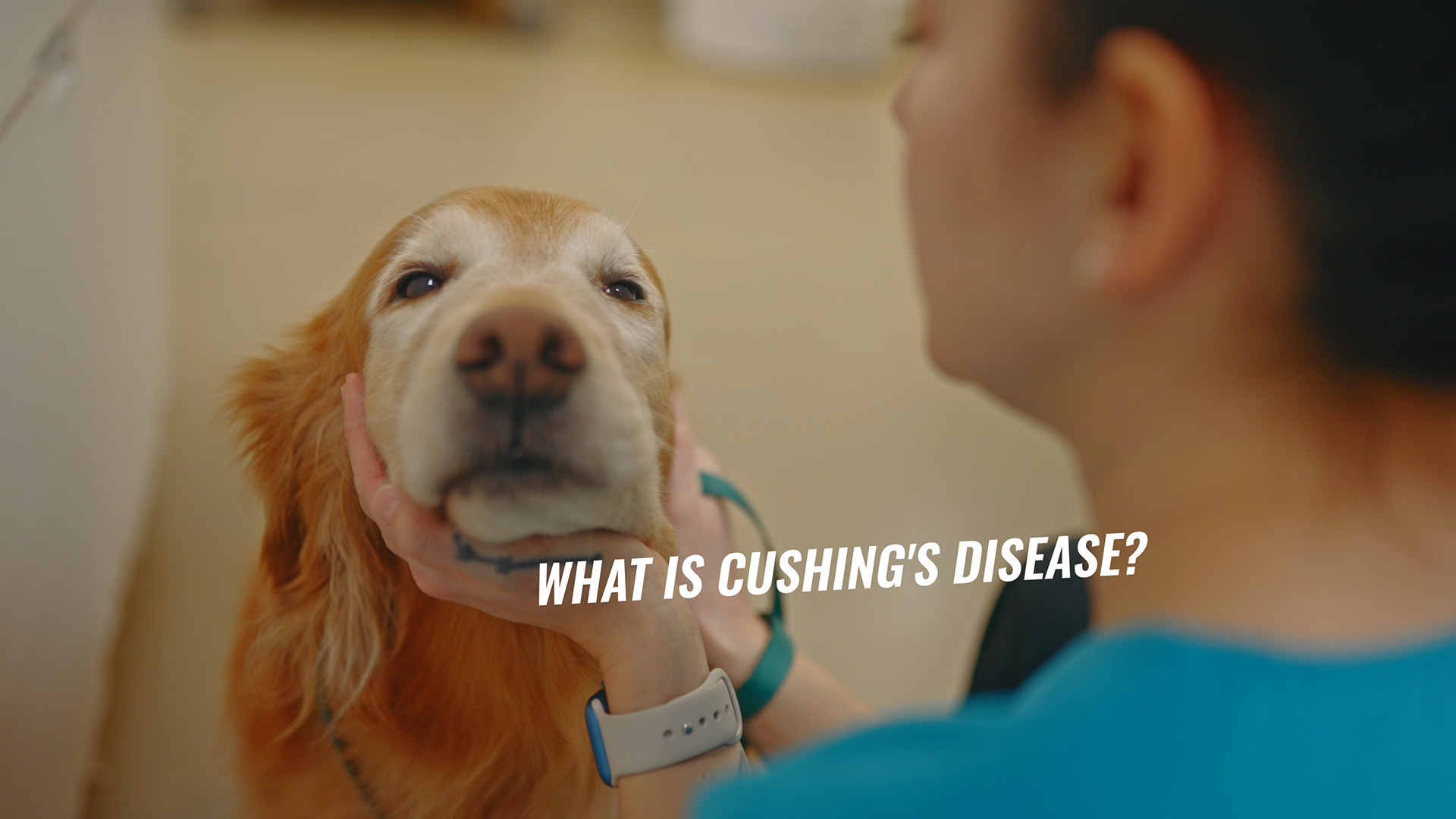Endocrine diseases are common in dogs and often go undiagnosed until symptoms become more obvious. These conditions disrupt the body’s hormone balance and can impact everything from energy levels to coat quality.
At Columbia Pike Animal Hospital, we diagnose and manage endocrine conditions like hypothyroidism, Cushing’s disease, Addison’s disease, and diabetes regularly. The good news is that these diseases are treatable, and your dog can still live a healthy, happy life with proper care.
What Are Endocrine Diseases?
Endocrine diseases occur when the body either overproduces or underproduces certain hormones, affecting how organs and systems function. The signs can be subtle, but recognizing them early makes all the difference.
Hypothyroidism in Dogs
What it is:
A condition where the thyroid gland doesn’t produce enough thyroid hormone.
Common signs:
-
Weight gain without increased food intake
-
Lethargy or low energy
-
Heat-seeking behavior
-
Hair loss on the trunk and tail
-
Darkened or thickened skin
Treatment:
Hypothyroidism is diagnosed through bloodwork and treated with a daily thyroid hormone supplement called levothyroxine. With proper dosing, symptoms typically improve quickly.
Cushing’s Disease (Hyperadrenocorticism)
What it is:
Cushing’s disease causes the adrenal glands to overproduce corticosteroids, often due to a pituitary tumor or an adrenal tumor.
Symptoms include:
-
Increased thirst and urination
-
Excessive appetite
-
Pot-bellied appearance
-
Thinning fur
-
Muscle loss and weakness
-
Frequent infections
-
Elevated liver enzymes
Treatment:
After confirmation through blood testing, treatment depends on the type:
-
Pituitary-dependent cases are managed with Trilostane, a medication given twice daily.
-
Adrenal tumor cases may require surgical removal of the affected gland.
Addison’s Disease (Hypoadrenocorticism)
What it is:
Addison’s disease is the opposite of Cushing’s, it results from too little hormone production in the adrenal glands.
Warning signs:
-
On-and-off diarrhea
-
Intermittent lethargy, especially during stress
-
General, vague signs of illness
Treatment:
Although it can be tricky to diagnose, Addison’s is confirmed with a blood test.
-
Milder cases are managed with steroids and a monthly injection of mineralocorticoids.
-
More severe cases may require hospitalization before beginning long-term treatment.
Diabetes Mellitus in Dogs
What it is:
Diabetes in dogs occurs when the pancreas doesn’t produce enough insulin, leading to dangerously high blood sugar levels.
Signs to watch for:
-
Excessive drinking and urinating
-
Weight loss despite a healthy or increased appetite
-
Urinary accidents in the house
Treatment:
Diabetic dogs require insulin injections twice a day, regular glucose monitoring, and a specialized prescription diet to help regulate blood sugar levels.
These Conditions Are Treatable
If your dog has been diagnosed with an endocrine disorder, don’t be discouraged. With early detection and the right treatment plan, many dogs live long and comfortable lives.
Our Wellness Plans include routine lab work that can catch many endocrine diseases before symptoms appear - helping your dog stay healthier, longer.
Questions? We’re Here for You.
📍 Visit or call us at:
Columbia Pike Animal Hospital & Emergency Center
4205 Evergreen Ln, Annandale, VA 22003
📞 (703) 256-8414
🌐 www.columbiapikeanimalh.com
Explore our Wellness Plans here:
👉 Wellness Plans for Dogs »


